Learn About Japanese Joinery
The intricate, clean joints can be intimidating, but don't let that hinder your inspiration.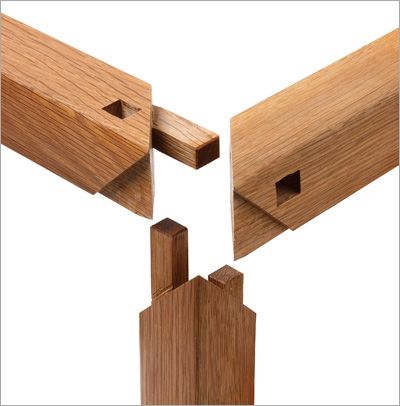
U.S. furniture maker Andrew Hunter produced this traditional Japanese joint.
NHK, a Japanese state-owned TV station, has a wonderful series called Begin Japanology. One episode that’s caught our eye over the years is called “Sashimono Woodwork.” We’d post the video here, but it’s since been taken down, and we don’t feel comfortable posting a possibly pirated version. It’s a shame, because the video is beautifully shot look at Japanese joinery is a must-see for any furniture maker.
As a woodworker, you know how hard it is to get two miters to close, let alone a three-way miter cut entirely by hand, with interlocking tenons hidden within. When a 16-in.-long case miter came together and its hidden dovetails disappeared, leaving not the slightest gap on the inside or outside corners, it’s easy to feel intimidated. But we prefer inspiration.
The path toward competency—let alone mastery—in Japanese joinery is long, and Fine Woodworking doesn’t pretend to have even a handful of the answers. But we’re confident we have some articles and videos to help you along your journey. When you’re ready to start, check out some of the links below.
Get Started with Japanese Joinery
The kanawa tsugi, translated as a half-blind tenoned, dadoed, and rabbeted scarf joint, is used to splice two pieces of wood together end to end. It’s a strong, interesting joint that Andrew Hunter cuts by hand. The key to this joint is accurate layout, and the key to accurate layout is a story stick that contains all the dimensions you need.
Building a Traditional Japanese Toolchest
A traditional Japanese toolbox with a simple design provides a practical, durable, stackable home for hand tools. Andrew Hunter built his using nothing but hand tools, but it also can be made with power tools. This one has a sliding lid, inset ends that make for strong joints and also provide handholds, and dadoes and screws to hold it together. Once made and filled with tools, this box will last as long as you do.
Video: Making the Asa No Ha Kumiko Pattern
Using the Kane Tsugi Joint (Pinned Right-Angle Miter)
The kane tsugi (literally, right-angle corner) joint is a traditional Japanese joint that offers incredible strength and beauty. Russell Jensen, who has made many examples of the joint, explains how to make this combination miter/pinned bridle joint using a simple jig, some power tools, and a small amount of handwork.
How To Set Up Your New Japanese Chisel
If you’re buying a Japanese chisel for the first time, you need to know that it will require some setup before you can use it. For these tools come in what Westerners might think of as rather unfinished condition. Setting the hoop, creating the appropriate bevel angle, and flattening the back of the blade are left to the craftsman. Jon Reed Fox also strips the finish from the handles and blades of new chisels and replaces it with a coat of oil. Learn how to set up your chisel and start working with these fine tools.
Get to Know Japanese Handplanes
Ready to take the plunge and try using a Japanese handplane? With its massive, tapered blade, this tool can be sharpened to an unmatched edge and leaves a surface that is second to none. Japanese planes cut on the pull stroke, however, and it requires time and dedication to learn to use them correctly. Andrew Hunter offers an introduction, from setup to sharpening to proper use.
Originally published Oct. 6, 2015
Updated Apr. 15, 2020
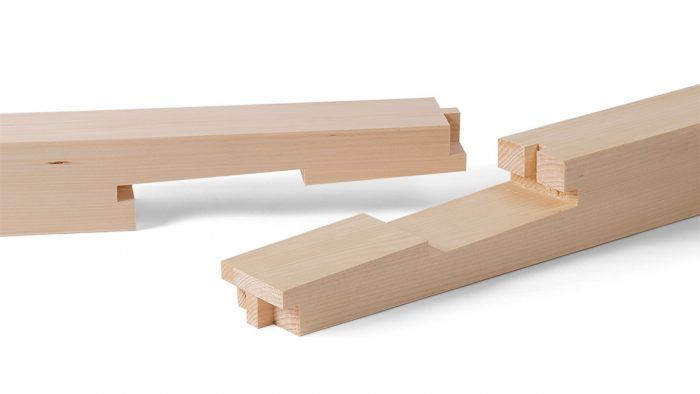
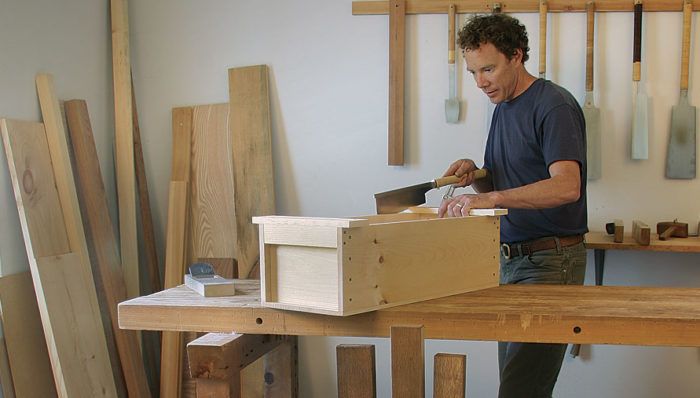
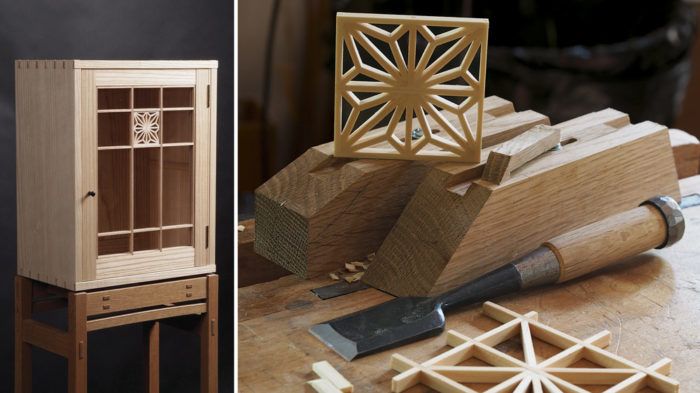
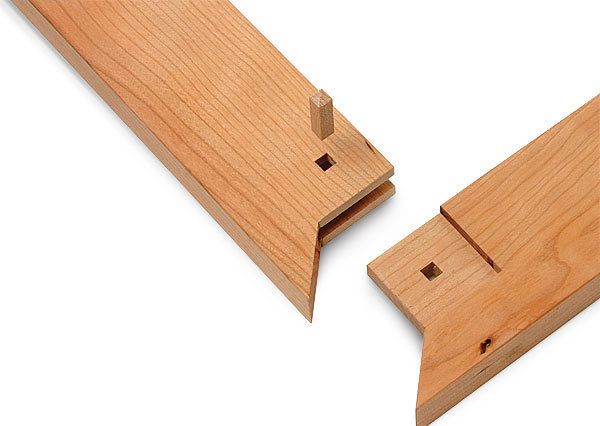

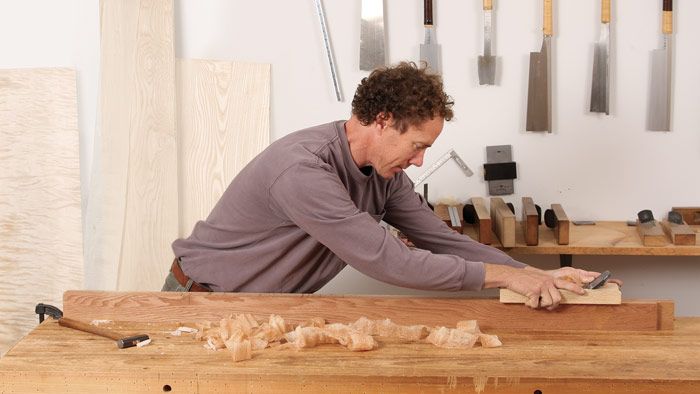
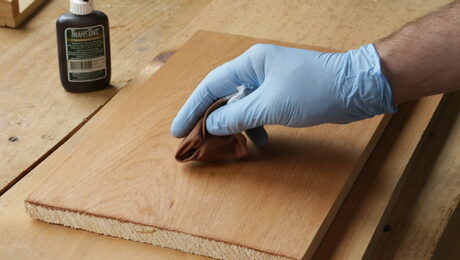
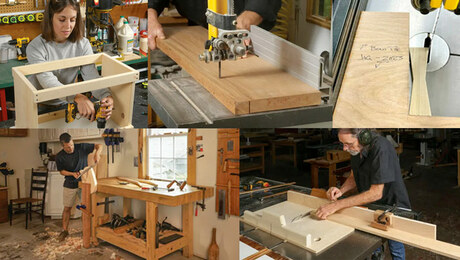
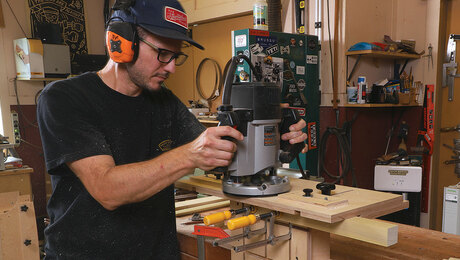





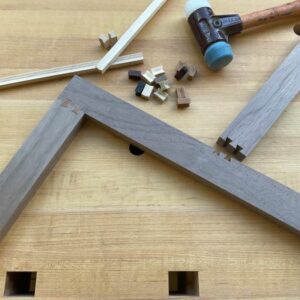
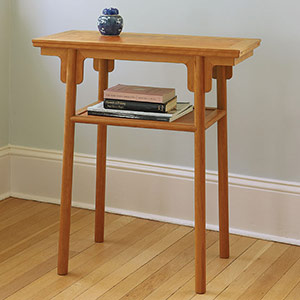











Log in or create an account to post a comment.
Sign up Log in